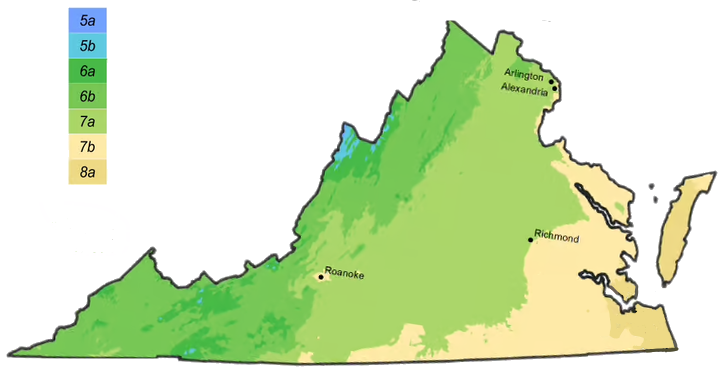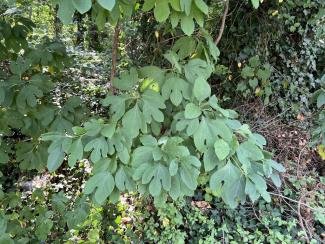
Habitat: moist, well drained soils of open woodlands; sea-level to ~4430 feet
Wildlife value: Fruits are eaten by eastern bluebirds, red-eyed vireos, quail, wild turkeys, kingbirds, crested flycatchers, mockingbirds, sapsuckers, pileated woodpeckers, yellowthroat warblers and phoebes, black bears, beaver, rabbits, squirrels, some eat bark and wood, white-tailed deer browse twigs and foliage. This plant supports Imperial Moth and Spicebush Swallowtail larvae. Spicebush Swallowtail butterflies feed on nectar from jewelweed, thistles, milkweed, azalea, dogbane, lantana, mimosa, and sweet pepperbush
Notes: Beautiful fall color. Unusual leaf shape. Although Sassafras grows most quickly in fertile soil, it is an appropriate tree to introduce into disturbed sites. Remove suckers to maintain as a single tree, or allow it to colonize to form a screen.
